

Articles
How Long To Paint A Living Room
Modified: January 5, 2024
Looking for articles on how long it takes to paint a living room? Discover expert insights and tips for estimating the time needed for your next painting project.
(Many of the links in this article redirect to a specific reviewed product. Your purchase of these products through affiliate links helps to generate commission for Storables.com, at no extra cost. Learn more)
Introduction
Welcome to our comprehensive guide on how long it takes to paint a living room. Whether you’re planning to freshen up your space with a new coat of paint or embark on a full room transformation, it’s essential to have a realistic understanding of the time involved. Painting a living room can be a significant undertaking, and properly estimating the timeline is crucial for effective planning and managing expectations.
Painting a living room not only revitalizes the space but also allows you to express your personal style and create a warm and inviting atmosphere. From choosing the right paint color to preparing the room and executing the painting process, every step contributes to achieving the desired results.
While the duration of the painting process can vary depending on various factors, such as the size of the room and the complexity of the project, we will guide you through the general steps and considerations to help you estimate the time required. By understanding these factors, you will be better equipped to plan your project and ensure a smooth and successful painting experience.
So, let’s dive into the details and explore the factors you need to consider before painting a living room.
Key Takeaways:
- Transform your living room with a fresh coat of paint, but plan for the time it takes. Consider factors like room size, paint color, and personal experience to estimate the timeline accurately.
- Choose the right paint type, prepare meticulously, and follow a systematic approach to achieve a professional-looking finish. Address common concerns with our FAQ section for a stress-free painting experience.
Read more: How To Paint Living Room
Factors to Consider Before Painting a Living Room
Before you start with the painting process, it’s essential to consider several factors that can impact the timeline and outcome of your project. Taking these factors into account will help you plan effectively and ensure a successful painting experience. Here are some crucial factors to consider:
- Room size: The size of your living room plays a significant role in estimating the time required for painting. Larger rooms will naturally take longer to paint compared to smaller ones.
- Paint color: The color you choose can influence the number of coats required for proper coverage. Darker colors may require multiple coats, which can add to the overall painting time.
- Surface condition: The condition of the walls and ceilings can impact the prep work needed. If the surface requires extensive repairs or sanding, it will extend the painting timeline.
- Furniture and accessories: If you have a lot of furniture or decor items in the room, it will take extra time to move and protect them before painting. Consider removing or covering them to ensure they don’t get damaged during the process.
- Trim and detailing: If your living room has intricate trim or detailing, such as crown molding or baseboards, it will require additional time for careful painting and attention to detail.
- Drying time: Each coat of paint needs time to dry before applying the next one. Factors like humidity and ventilation can affect drying time, so be sure to account for this when estimating the overall timeline.
- Personal experience: Your personal experience and skill level in painting can affect the speed at which you complete the project. If you’re a beginner, it’s wise to allow extra time for learning and adjusting to the process.
By considering these factors, you’ll have a better understanding of the overall time required to paint your living room. It’s important to plan accordingly and allocate sufficient time to ensure a smooth and stress-free painting experience.
Types of Paint for a Living Room
Choosing the right type of paint is crucial for achieving the best results when painting a living room. The type of paint you select can impact the durability, finish, and overall aesthetic of the room. Here are some popular types of paint to consider:
- Latex Paint: Latex paint, also known as acrylic or water-based paint, is a popular choice for living rooms. It is easy to clean up with water, dries quickly, and has low levels of volatile organic compounds (VOCs). Latex paint is available in various finishes, including flat, eggshell, satin, and semi-gloss, allowing you to choose the level of sheen that suits your preferences.
- Oil-Based Paint: Oil-based paint provides a durable and smooth finish, making it suitable for high-traffic areas like living rooms. It is more resistant to stains and wear, making it ideal for households with children or pets. However, oil-based paint requires longer drying times and has a strong odor. It also requires mineral spirits for cleaning up, which can be less convenient compared to water-based paints.
- Eco-Friendly Paint: If you’re concerned about the impact of paint on the environment and indoor air quality, eco-friendly or low-VOC paints are a great option. These paints have reduced levels of volatile organic compounds, which can emit harmful fumes. Eco-friendly paints are available in a wide range of colors and finishes, allowing you to create a beautiful living room while minimizing environmental impact.
- Primer: Although not technically a type of paint, primer is an important product to consider when painting a living room. Primer helps create a smooth surface for paint application, improves paint adhesion, and enhances color coverage. It is especially beneficial when painting over dark or unevenly colored walls. Choose a primer that is compatible with the paint type you will be using.
When selecting the type of paint for your living room, consider factors such as durability, ease of application, cleaning, and the desired finish. Each type of paint has its advantages and considerations, so be sure to read product labels, consult with professionals, or seek advice from paint specialists to make an informed decision.
Preparation and Planning
Proper preparation and planning are essential for a successful painting project in your living room. Taking the time to prepare the space and plan ahead will ensure a smoother process and help you achieve the desired results. Here are some key steps to consider:
- Clean and Clear: Before starting any painting project, it’s crucial to clean the living room thoroughly. Remove any furniture, decorations, and fixtures from the room, or cover them with plastic sheets to protect them from paint splatters. Wipe down walls and ceilings to remove dust, dirt, and grease that could affect paint adhesion.
- Repair and Patch: Examine the walls and ceilings for any cracks, holes, or imperfections. Use spackling compound or joint compound to fill in these areas and sand them smooth once dry. Repairing and patching the surfaces will ensure a smoother application of paint and a more polished final result.
- Protect Floors and Trim: Cover the floors with drop cloths or plastic sheets to protect them from paint spills and drips. Use painter’s tape to protect baseboards, trim, and other areas that you don’t want to be painted.
- Choose Colors: Select the paint colors you want for your living room. Consider the overall aesthetic, natural lighting, and desired mood of the space. It can be helpful to obtain paint samples and test them on the walls to see how they look in different lighting conditions before committing to a color.
- Gather Supplies: Make a list of all the supplies you’ll need, including paint, brushes, rollers, trays, drop cloths, painter’s tape, spackling compound, sandpaper, and a ladder. Gathering all the necessary supplies beforehand will ensure that you have everything you need when you start the painting process.
- Create a Timeline: Estimate the time required for each step of the painting process and create a realistic timeline. Consider factors like drying time between coats and any additional steps such as priming or wallpaper removal if necessary.
By properly preparing the living room and planning ahead, you’ll save time and avoid potential issues during the painting process. Taking the time to do these preliminary steps will set the foundation for a smooth and successful painting experience.
A standard 12×12 living room typically takes 4-6 hours to paint, including prep and drying time. Larger rooms may take longer, so plan accordingly.
Steps to Paint a Living Room
Once you’ve completed the preparation and planning stages, it’s time to dive into the painting process for your living room. Following a systematic approach will ensure that you achieve a professional-looking finish. Here are the key steps to paint a living room:
- Prime the surfaces (if necessary): If you’re painting over dark walls or surfaces with stains or imperfections, it’s recommended to apply a coat of primer before starting with the actual paint. This will help create a smooth surface and enhance color coverage.
- Cut in: Start by cutting in, which involves using a brush to paint the edges, corners, and areas around trim, windows, and doors. This will create crisp lines and make it easier to paint the larger surfaces with a roller.
- Roll the walls: Once you’ve cut in, use a roller to paint the larger wall surfaces. Start from the top and work your way down, making sure to apply even and consistent pressure. Use long, vertical strokes, and slightly overlap each stroke to avoid visible lines and achieve a smooth finish.
- Paint the trim and details: After painting the walls, move on to painting any trim, baseboards, crown molding, or other details in the room. Use a smaller brush for precision and take your time to ensure an even coverage and neat lines.
- Apply additional coats: Depending on the color and finish you’ve chosen, you may need to apply additional coats of paint. Allow each coat to dry completely before applying the next one, following the instructions on the paint can for drying times.
- Clean and inspect: Once you’ve completed all the coats, carefully remove any painter’s tape while the paint is still slightly wet. Check for any touch-ups needed and clean up any paint spills or drips before the paint fully dries.
- Reassemble the room: Once the paint is dry and the room is clean, begin moving furniture and decorations back into the living room. Take caution when placing items against freshly painted walls to avoid scuffs or marks.
Remember, patience and attention to detail are crucial during the painting process. Take breaks as needed and don’t rush through the steps. By following these steps, you’ll be able to achieve a beautifully painted living room that reflects your style and creates a comfortable space to enjoy.
Read more: How To Choose A Painting For Living Room
Frequently Asked Questions about Painting a Living Room
Painting a living room can be an exciting yet daunting task. To help address common concerns and provide further guidance, we’ve compiled a list of frequently asked questions about painting a living room:
- How long does it take to paint a living room?
- Do I need to hire a professional painter?
- Should I paint the ceiling as well?
- What paint finish should I choose?
- Do I need to prime the walls before painting?
- How do I maintain or touch up the painted walls in the future?
The time it takes to paint a living room can vary based on factors such as room size, preparation work required, number of coats, and personal experience. Generally, it can take anywhere from a couple of days to a week to complete the entire process.
While hiring a professional painter can save you time and ensure a high-quality finish, it is not always necessary. If you’re comfortable with DIY projects, have the time and patience, and follow proper techniques, painting a living room can be a rewarding and cost-effective endeavor.
Painting the ceiling can enhance the overall look of the living room and create a cohesive finish. If your ceiling requires a fresh coat or if you’re changing the color scheme, it’s recommended to paint it alongside the walls. However, if the ceiling is in good condition and doesn’t require any touch-ups, you can opt to leave it as it is.
The paint finish you choose depends on personal preference and the desired look for your living room. Flat or matte finishes are great for minimizing surface imperfections, while satin and eggshell finishes offer a slight sheen and are easier to clean. Semi-gloss or gloss finishes provide a more reflective surface and are ideal for high-traffic areas or for highlighting architectural details like trim.
Priming the walls before painting is not always necessary, especially if you’re using a primer-included paint. However, if you’re painting over dark walls, have repaired significant wall damage, or are making a drastic color change, priming can help improve adhesion and color coverage.
To maintain the painted walls in your living room, dust them regularly and clean them as needed with a mild detergent and a soft cloth. If you need to touch up any areas in the future, keep some leftover paint in a sealed container for easy access. Use a small brush or roller to carefully blend the touch-up paint with the surrounding area.
Remember, if you have specific concerns or unique circumstances, it’s always recommended to consult with professionals or seek advice from a local paint store. They can provide personalized guidance and recommendations based on your specific requirements.
Conclusion
Painting a living room can transform the space, breathe new life into your home, and allow you to unleash your creativity. By considering factors such as room size, paint color, surface condition, and personal experience, you can effectively estimate the time required for your painting project.
Choosing the right type of paint, whether it’s latex, oil-based, or eco-friendly, is crucial for achieving the desired finish and durability. Proper preparation and planning, including cleaning the room, repairing any imperfections, protecting floors and trim, and creating a timeline, are essential for a successful painting process.
When it comes to the actual painting process, following a systematic approach, including priming (if necessary), cutting in, rolling the walls, painting the trim, and applying additional coats, will help you achieve a professional-looking result. Take your time, be patient, and pay attention to detail for a beautiful and long-lasting finish.
We have also addressed some frequently asked questions, covering topics such as the time required, professional painting services, ceiling painting, paint finishes, priming, and future maintenance or touch-ups.
Remember, painting a living room can be a rewarding DIY project, allowing you to personalize your space and create a welcoming environment. However, if you are unsure or overwhelmed, don’t hesitate to seek professional assistance.
With the information provided in this guide, you’re now more equipped to embark on your painting journey and create a living room that reflects your style and personality. Enjoy the process, and may your newly painted living room be a space of comfort and joy for years to come.
Frequently Asked Questions about How Long To Paint A Living Room
Was this page helpful?
At Storables.com, we guarantee accurate and reliable information. Our content, validated by Expert Board Contributors, is crafted following stringent Editorial Policies. We're committed to providing you with well-researched, expert-backed insights for all your informational needs.
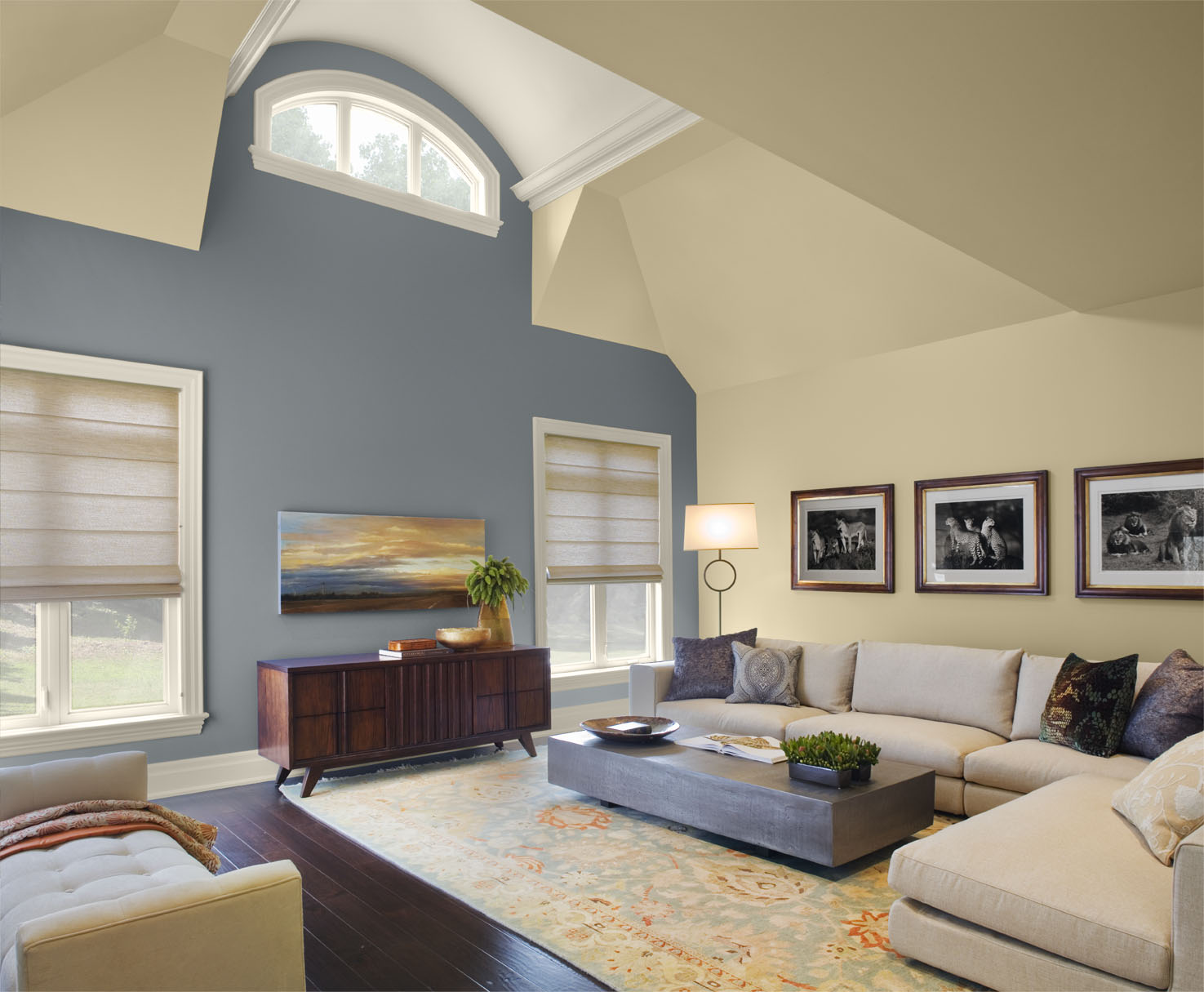
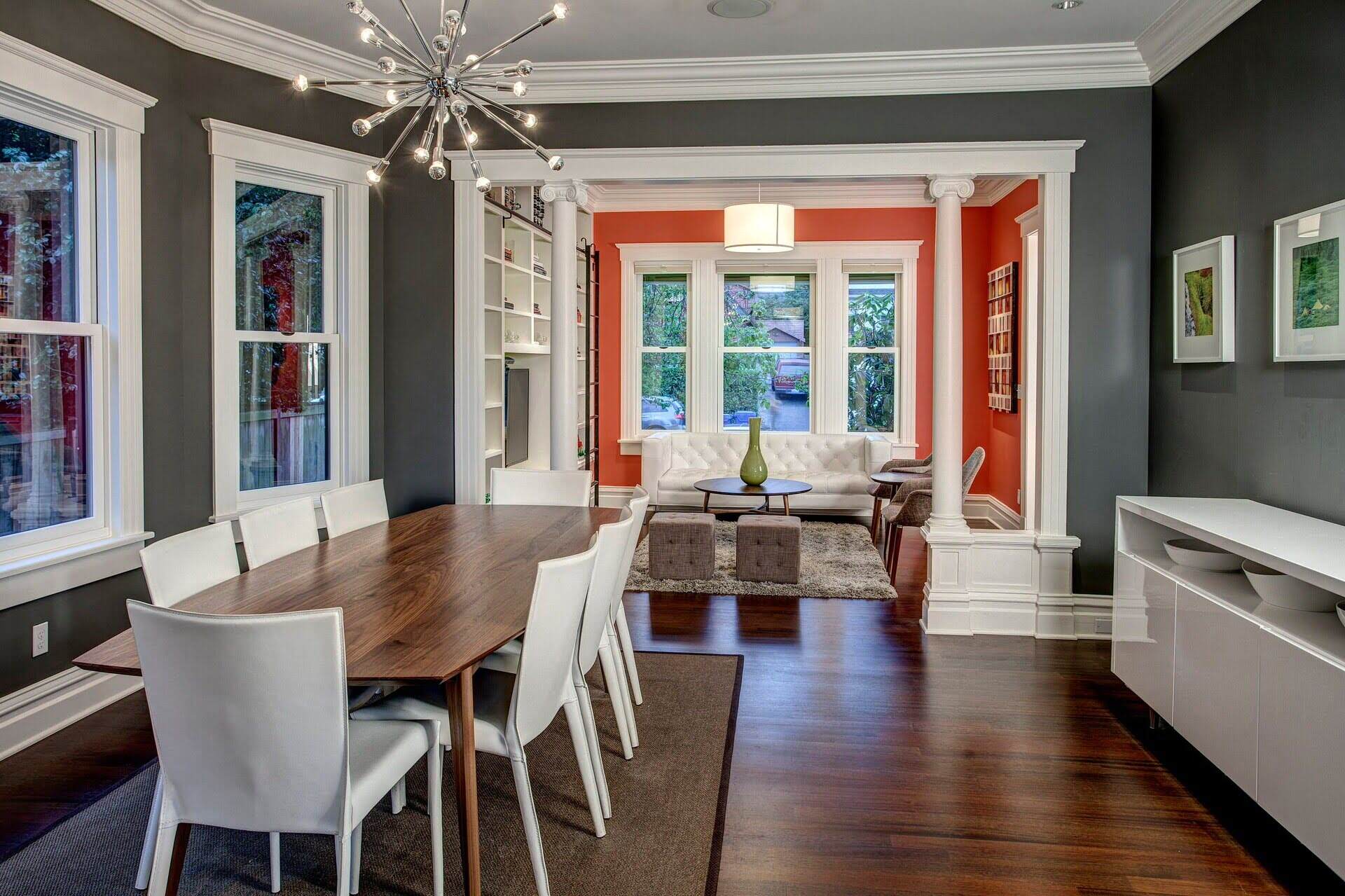

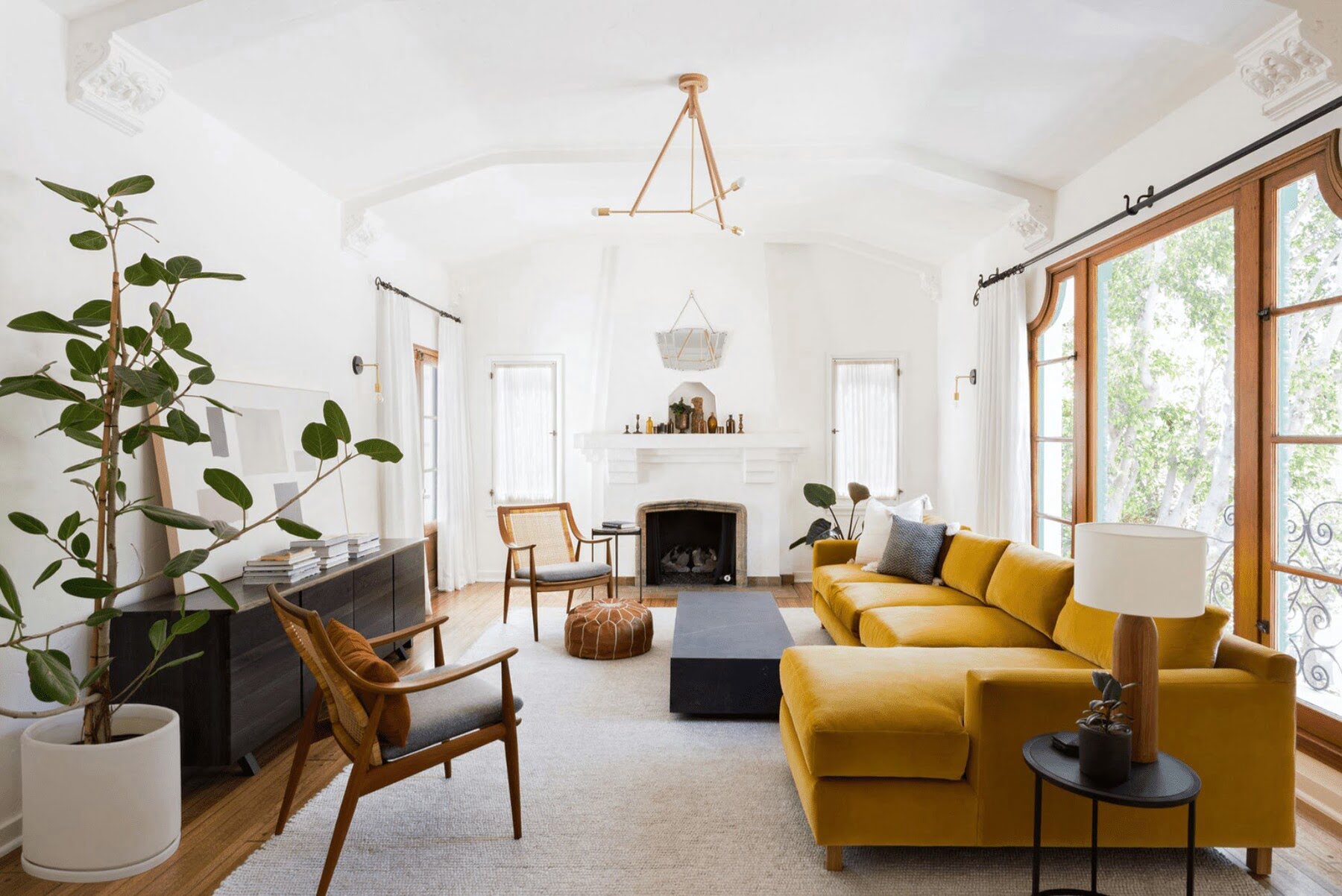
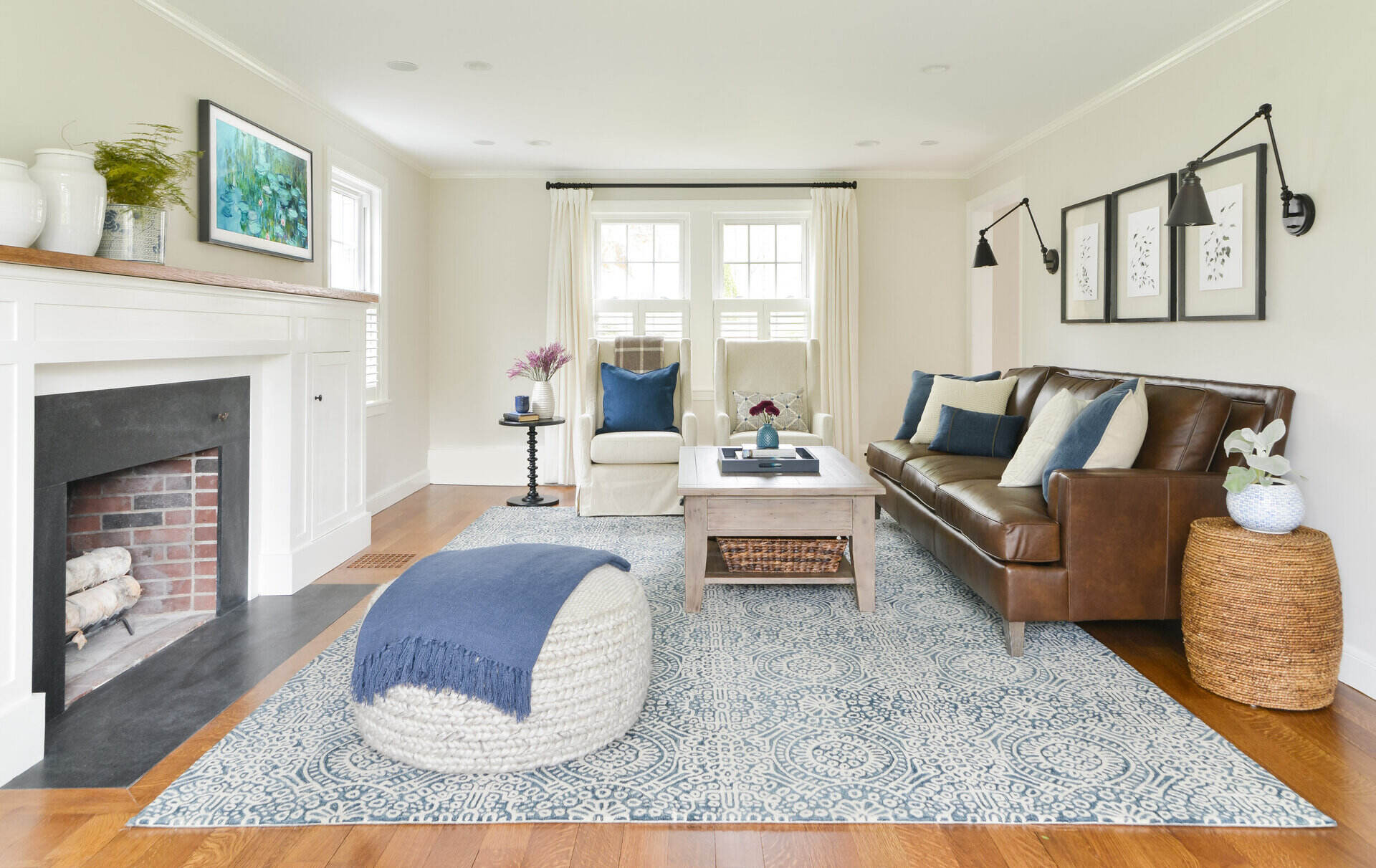


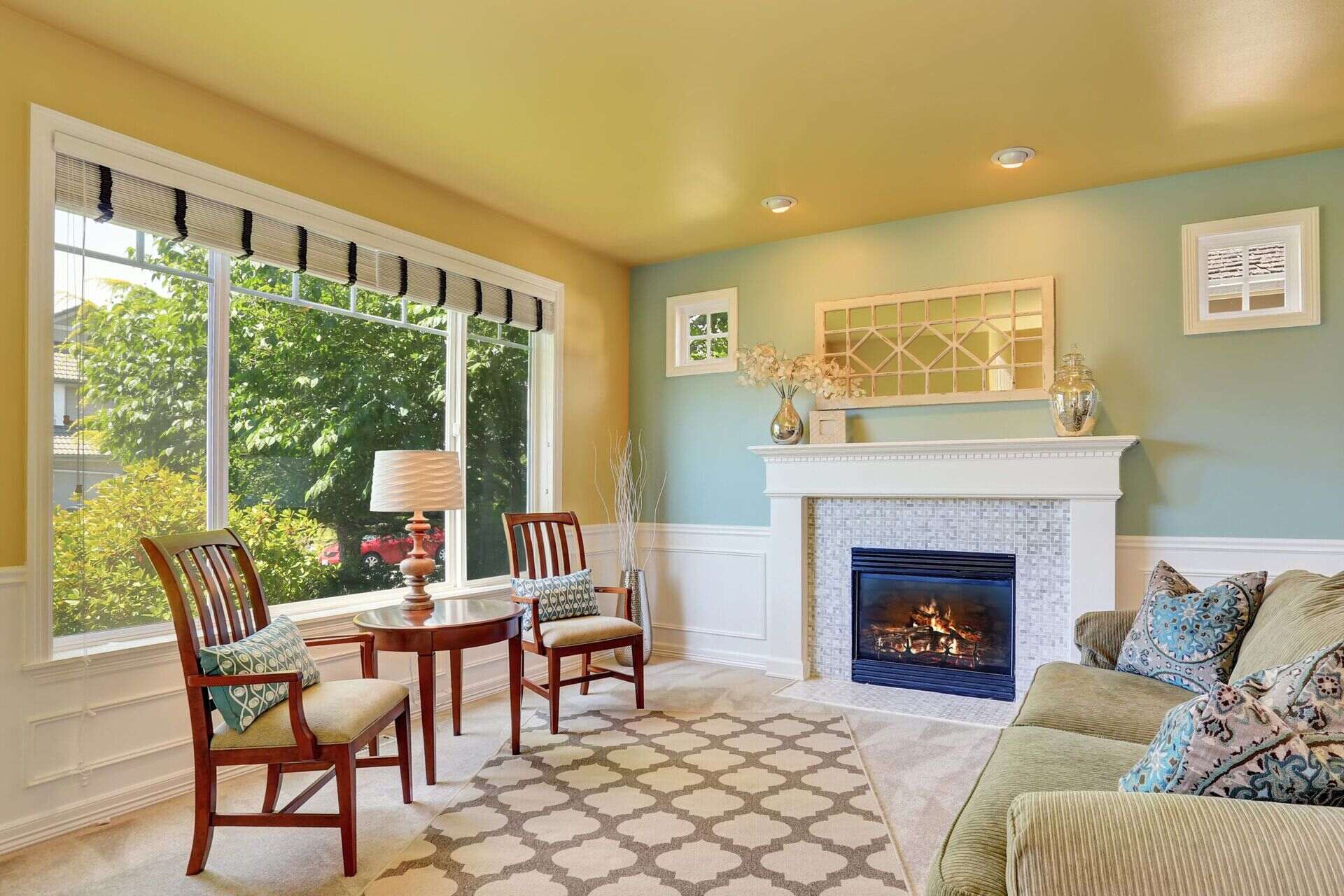


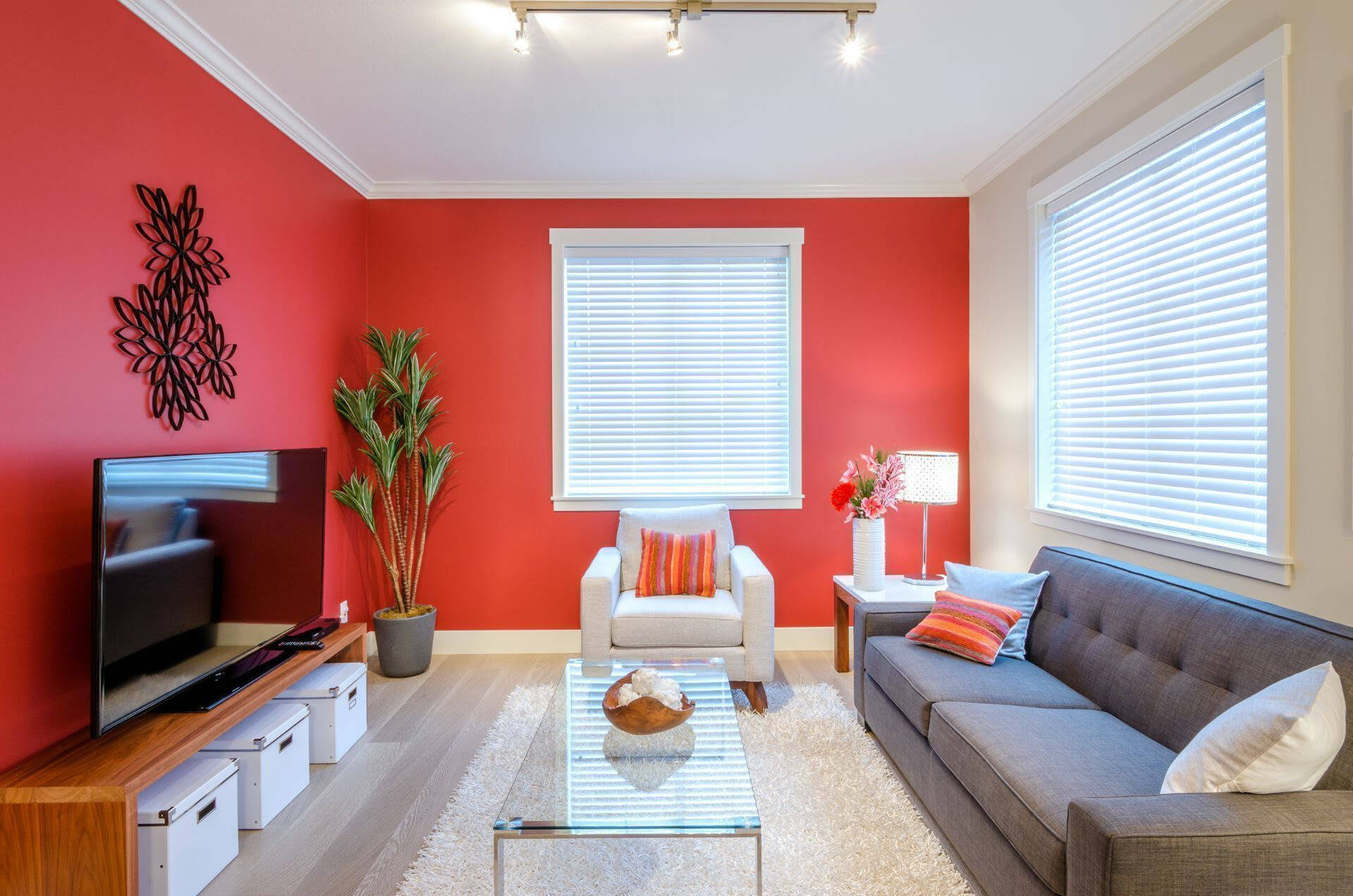

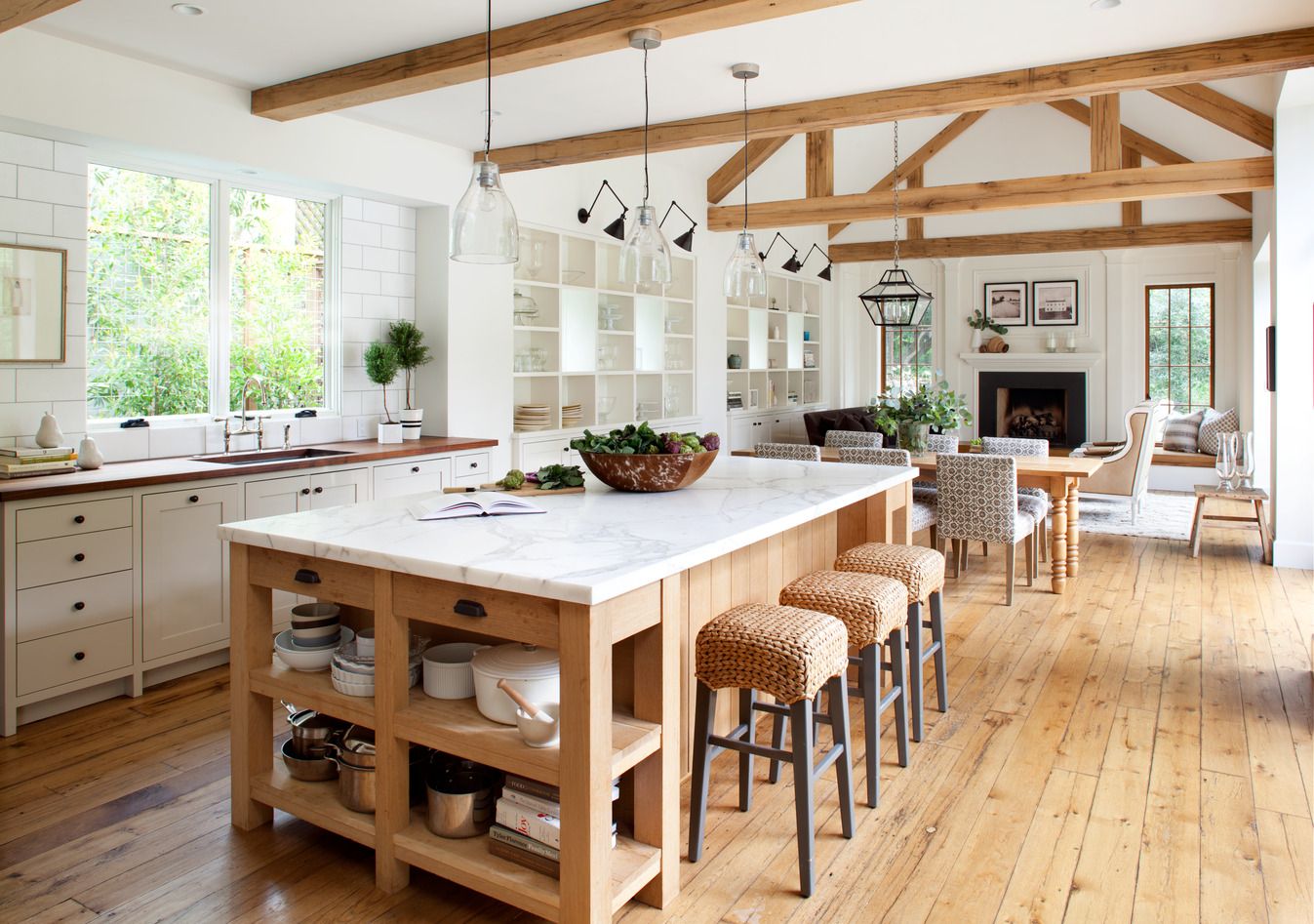


0 thoughts on “How Long To Paint A Living Room”